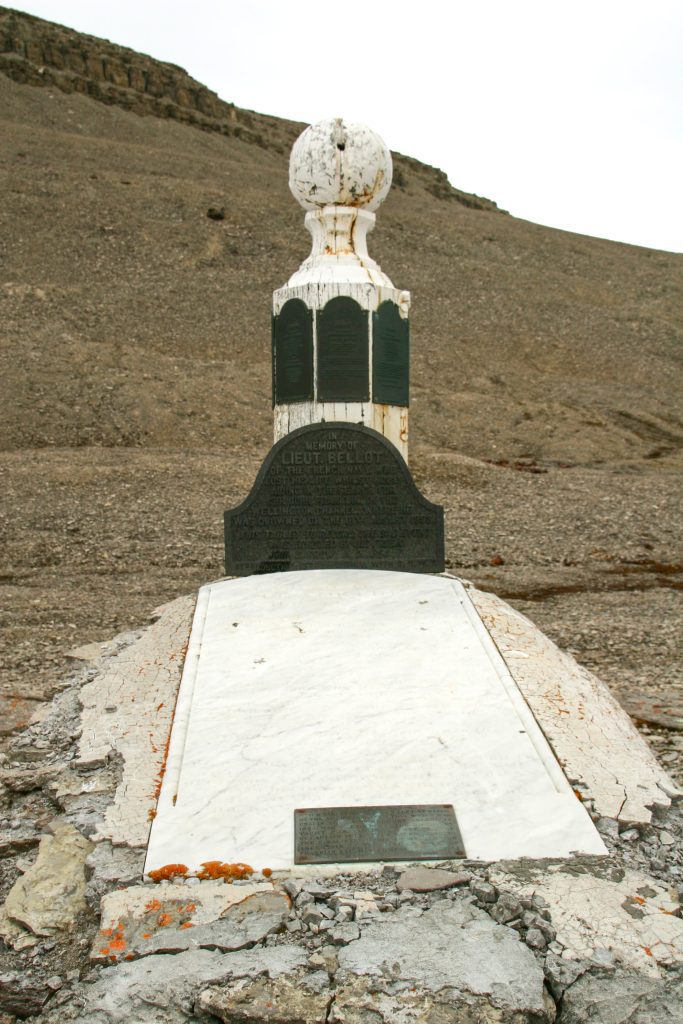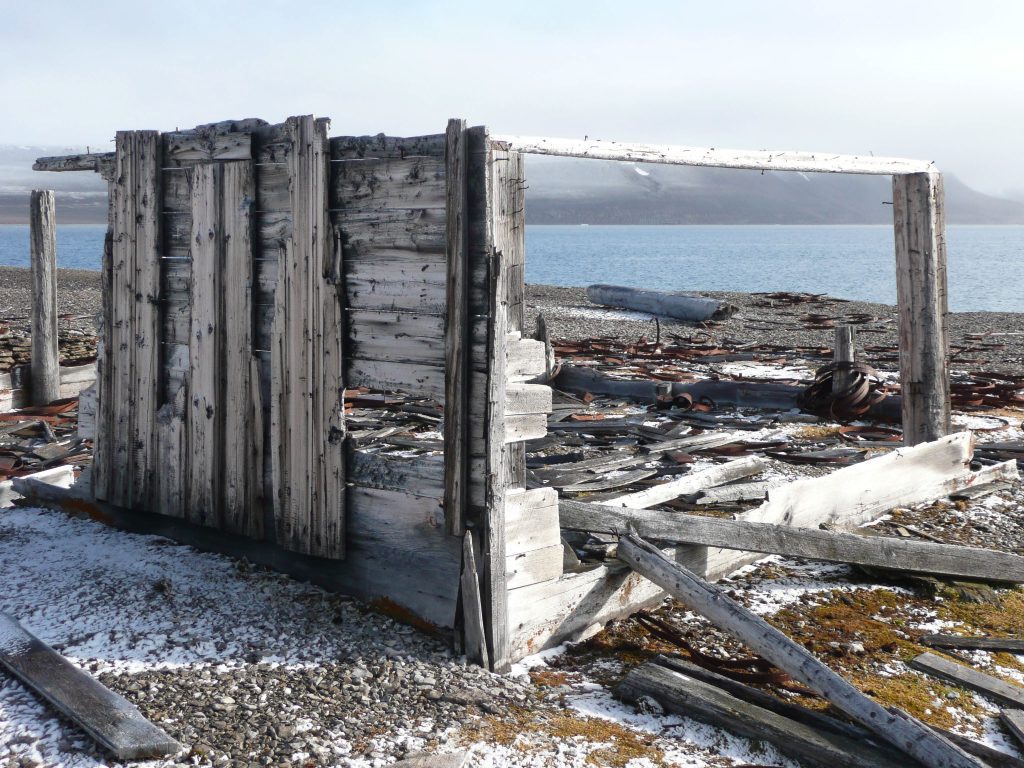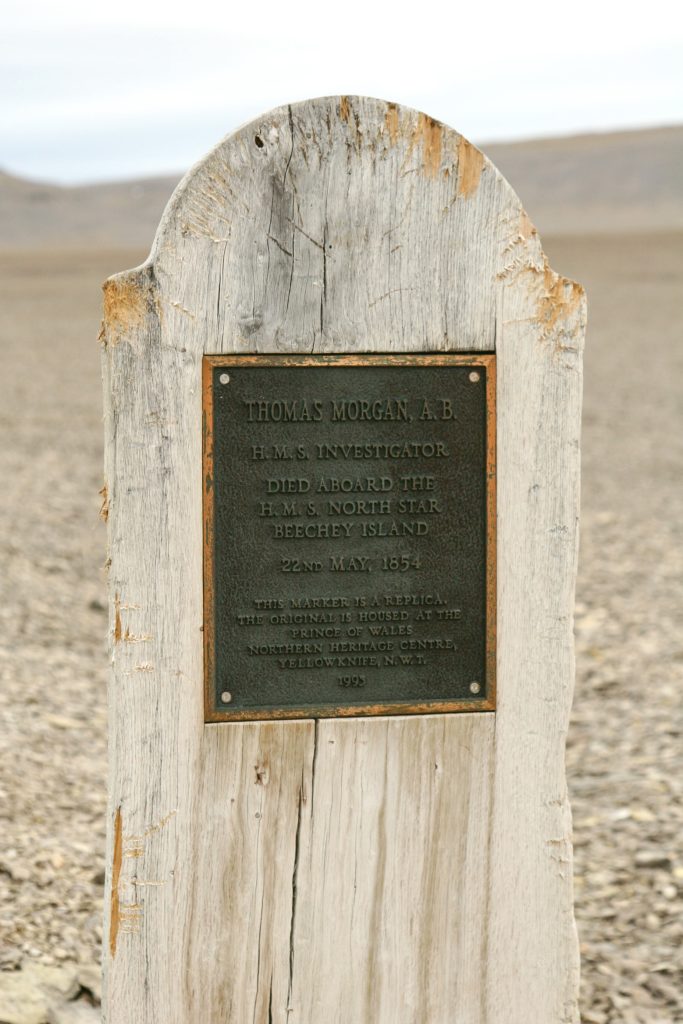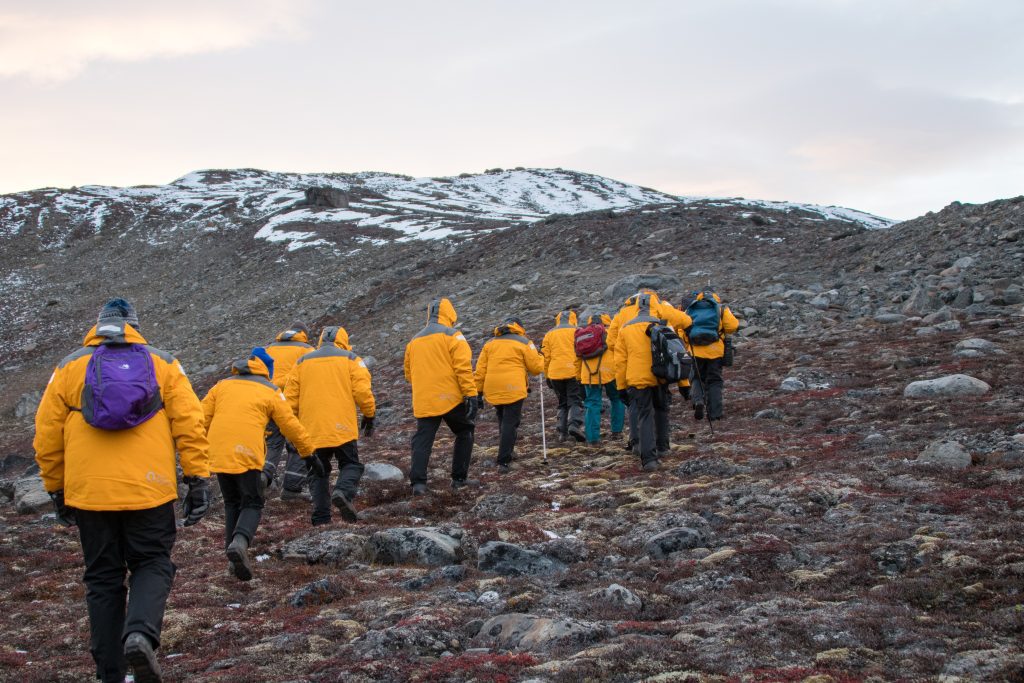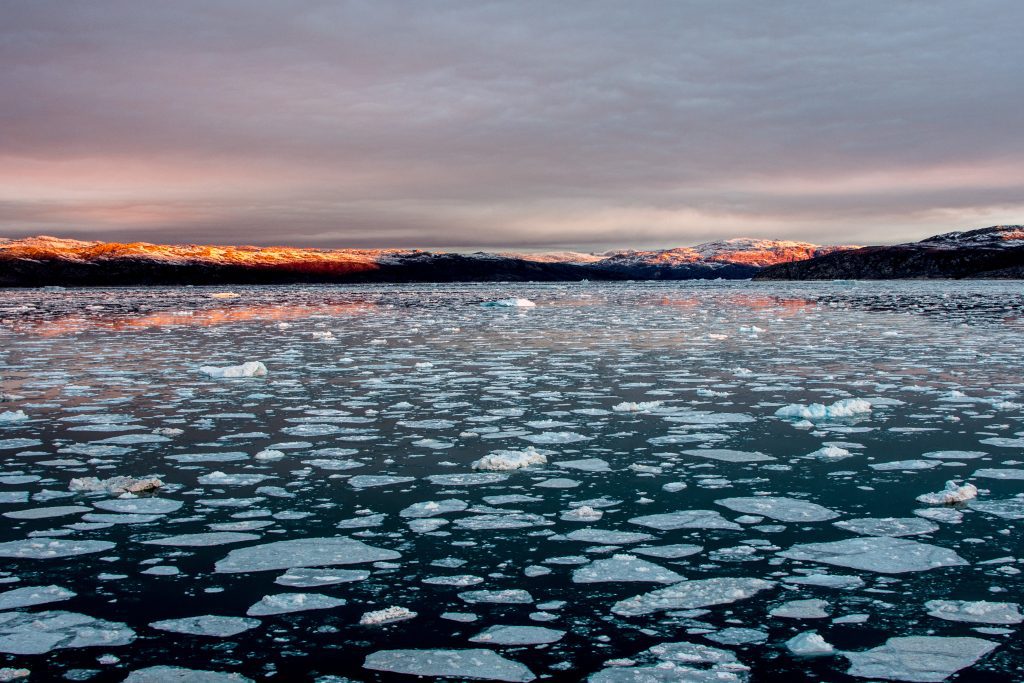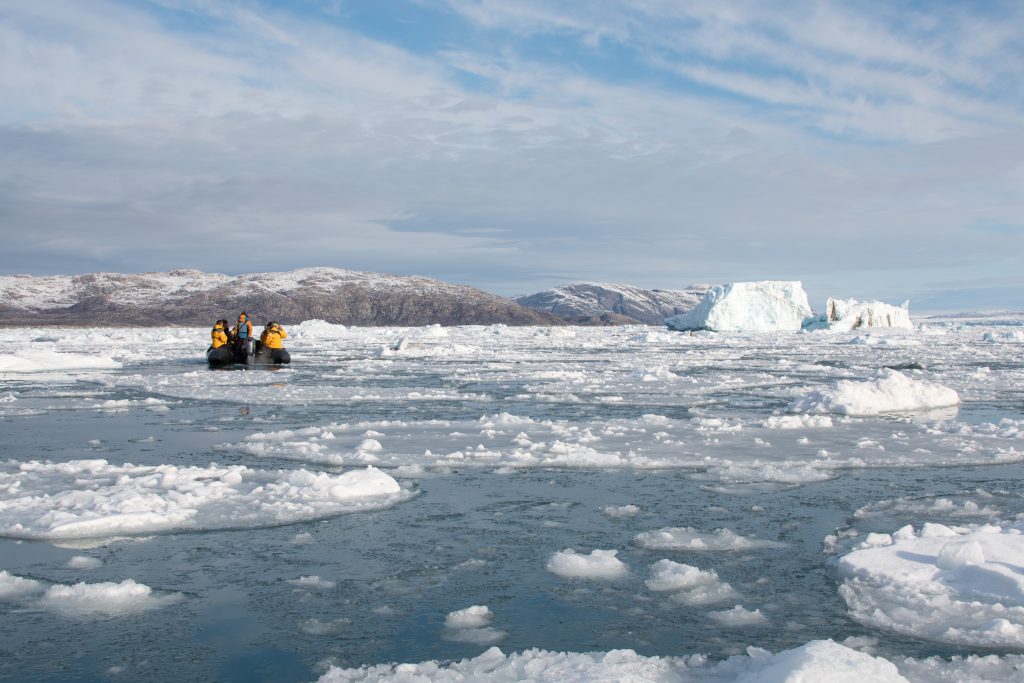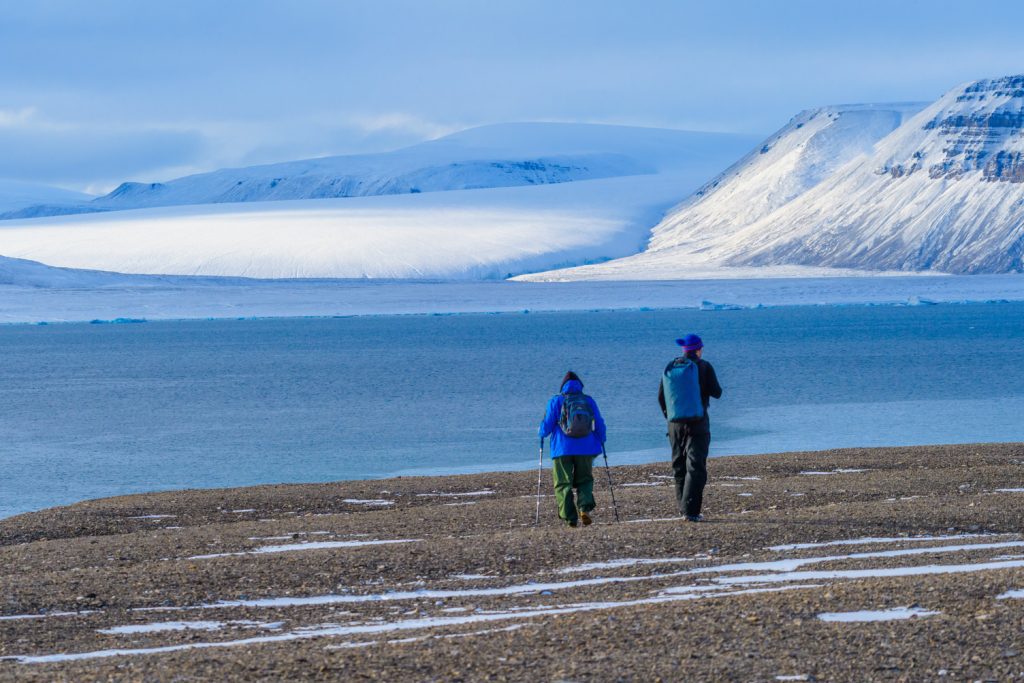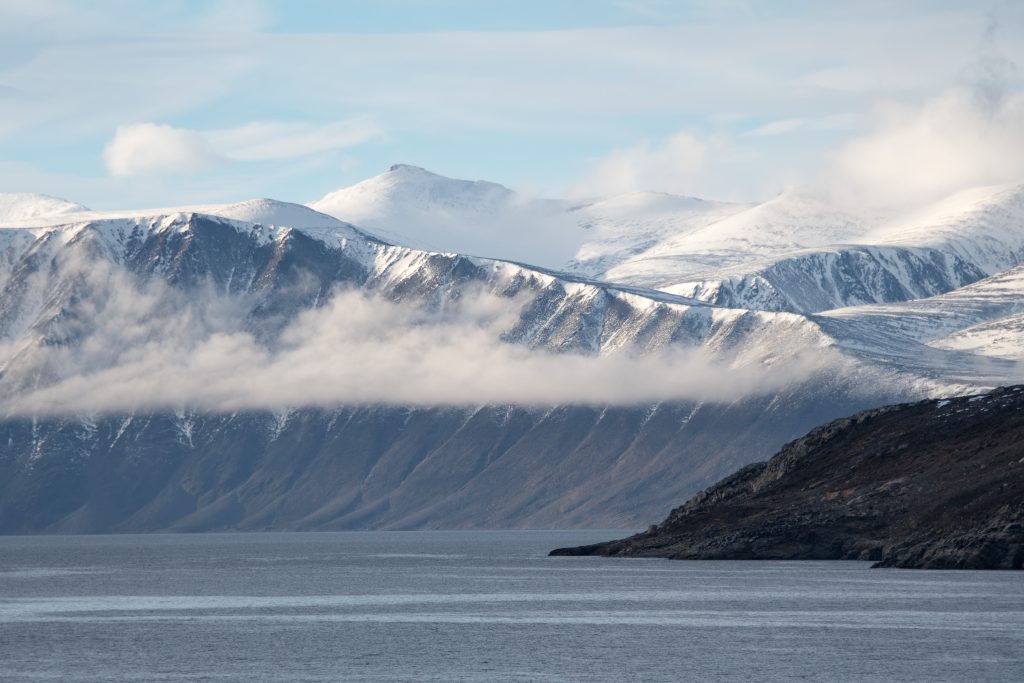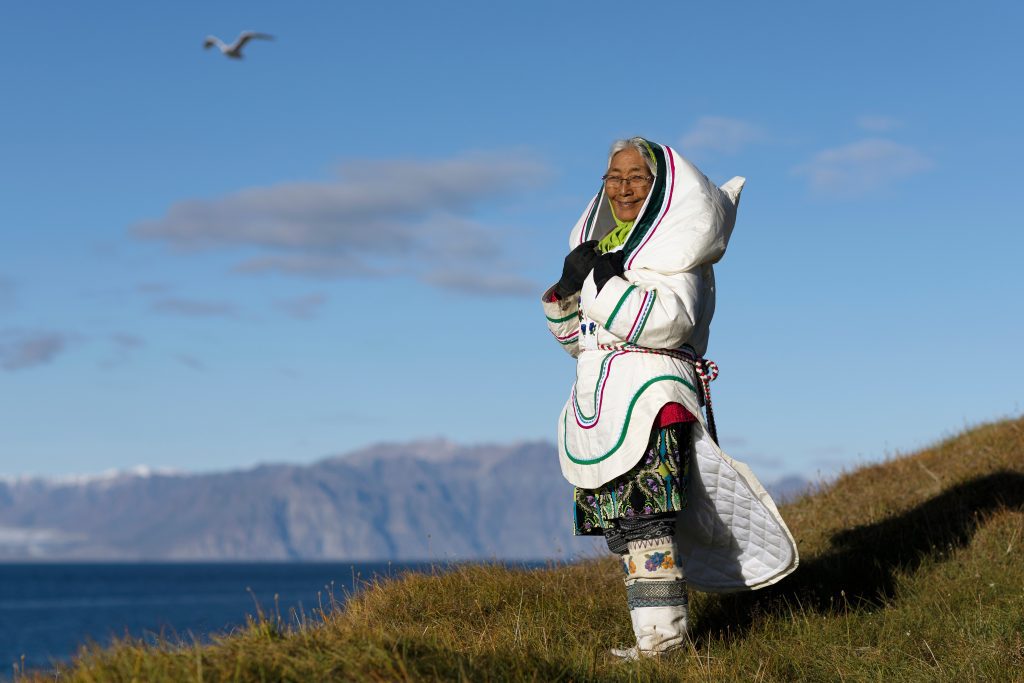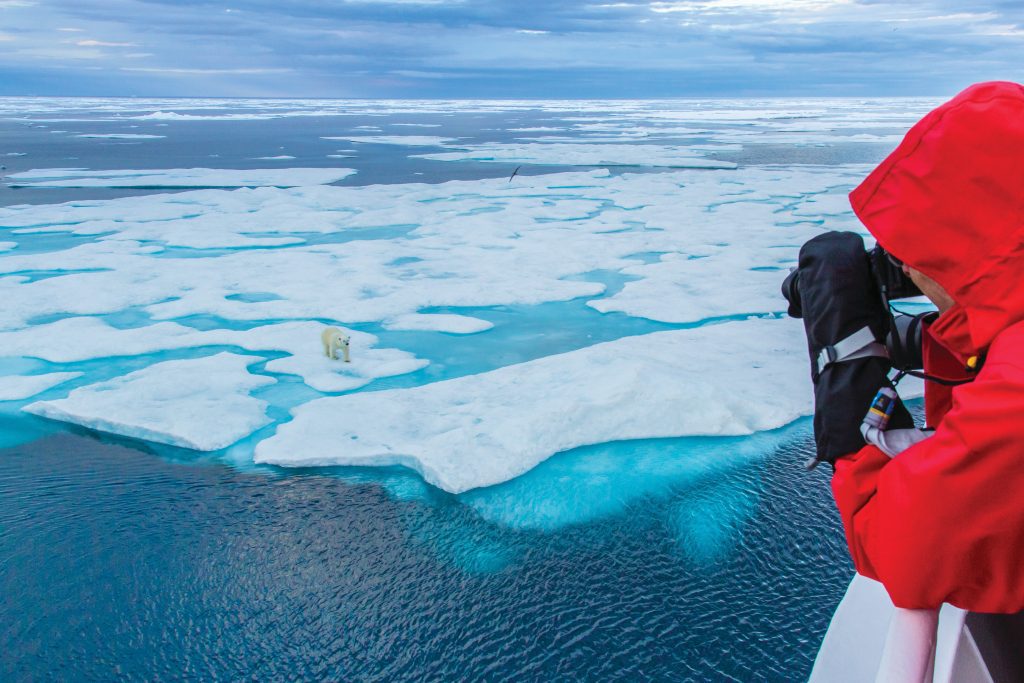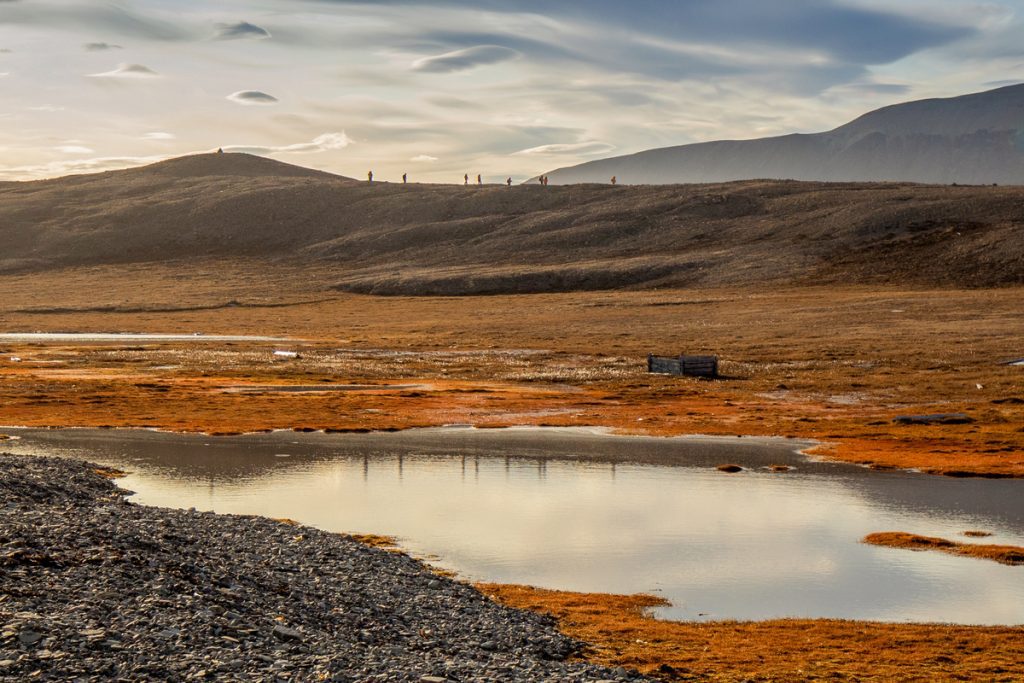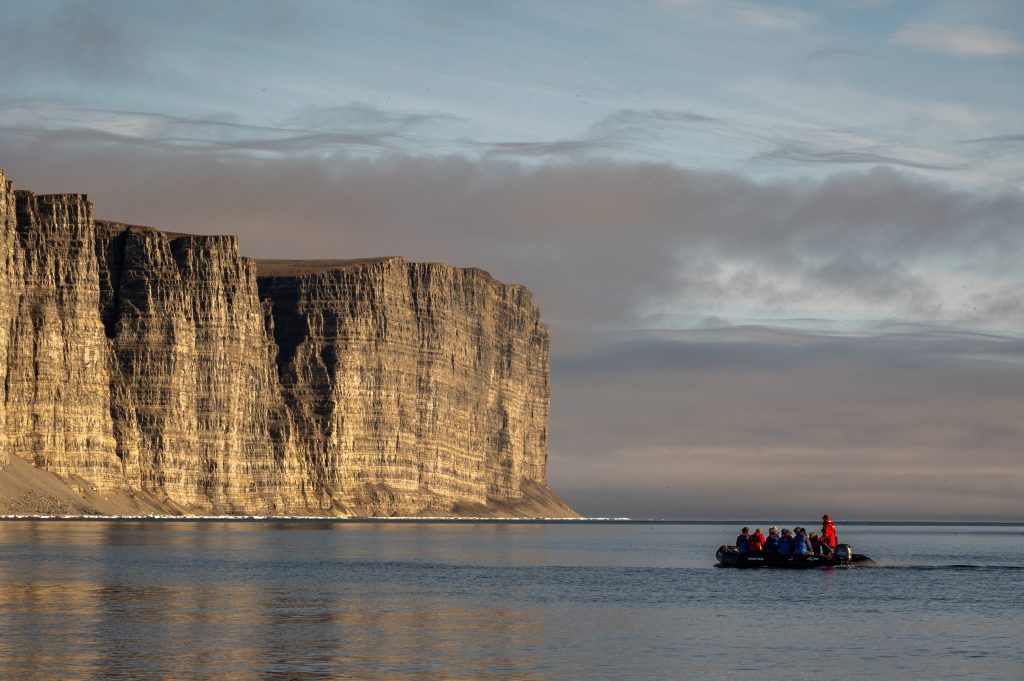The Northwest Passage refers to the northern sea route connecting the Atlantic and Pacific Oceans in Canada’s remote Arctic archipelago. It is deeply rich with history as European explorers spent centuries navigating its icy channels searching for a shorter trade route to Asia. The Northwest Passage is the summer home for a large amount of seabirds and marine mammals. In addition to the fascinating historical elements and wildlife opportunities, guests may also get to visit local communities to experience Inuit culture. We offer a variety of Northwest Passage cruises which are a journey into the past to experience one of the most legendary stories of polar exploration and discovery.
The first attempts seeking a marine shortcut were as early as 1576 by Martin Frobisher. It wasn’t until the 1903-1906 voyage by Norwegian Roald Amundson that the passage was finally completed. However, it was the ill-fated 1845 voyage led by Sir John Franklin, in which claimed the lives of all 129 men, that remains the most famous. The graves of three of his crew are still standing on Beechey Island. The wrecks of Franklin’s ships the HMS Erebus and Terror were only recently discovered in 2014 and 2016 near King William Island.
Top 2025 Northwest Passage Cruises
Top 2026 Northwest Passage Cruises
Northwest Passage FAQ's
Northwest Passage cruises are typically only offered in August and September. The earlier departures will be better for birds while the September departures have good chances for northern lights.
Northwest Passage voyages are accessed by charter flights from Canadian gateway cities or from Reykjavik, Iceland depending on the ship. Many voyages are also combined with West Greenland.
Yes! We do offer complete transits of the Northwest Passage which range from 23 – 30 days in duration. If you are not able to travel for 23+ days, we also offer partial transits from 12 – 17 days.
Common bird sightings include thick billed murres, arctic terns, ivory gulls, northern fulmers, blacked-legged kittiwakes, black guillemonts, gry & peregrine falcons, geese & snow buntings. When out on deck keep your eyes peeled for polar bears, beluga and bowhead whales as well as ringed, harped and bearded seals. On the tundra there are chances for musk ox, arctic fox and hare sightings. While no specific sightings can be guaranteed in advance, the staff will do their best to spot wildlife.
